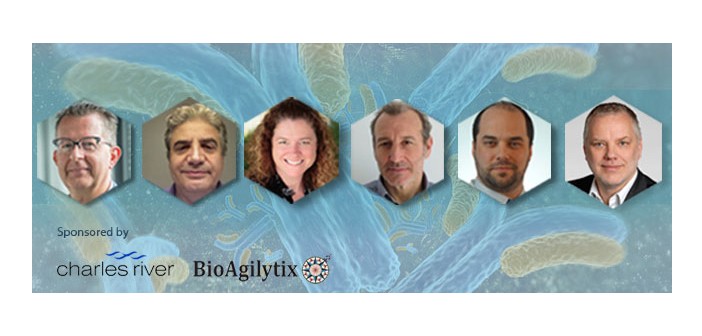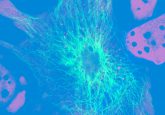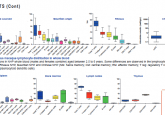9. What have been the most exciting advances in developing biosimilars?

Mario DiPaola: “There have been many technical advances that have propelled the biopharmaceutical field to new heights. Of these, the technology that possibly has had the most impact is high-resolution mass spectrometry (HRMS). This technology has made the advancement of biosimilars possible. The introduction of HRMS and the necessary software for automated data reduction in the last decade has made it possible to determine, in short period, the primary structure of the protein and also allow for identification, mapping and quantification of post-translational modifications, including: glycosylation, oxidation, deamidation, acetylation, phosphorylation, C- or N-terminal truncation, mutations, modifications of N- and C- termini, etc.
More recently, by means of HRMS, a newer analytical approach, referred to as multi-attribute method (MAM), has been introduced that permits the analysis of multiple protein attributes in a single analysis run. This approach has the potential to not only speed up the development of biosimilars but also streamline the quality control testing.”
Christina Satterwhite: “The i
mmunogenicity assays to determine the incidence of anti-drug antibodies and the comparison of the data between the biosimilar and the originator drugs has been exciting and challenging at the same time. Many of the assays that were developed to support the originator biotherapeutics were developed years ago and were not as sensitive and robust as the assays and platforms used to measure anti-drug antibodies today. The reported anti-drug antibody incidence rates for approved biologics are almost always lower than the actual incidence rates observed in the more current validated assays used to evaluate the immunogenicity rate of the biosimilar. Immunogenicity assays were historically qualitative ELISA and ECL assays, however, with emerging technologies for ADA assays such as flow cytometry, iPCR, Gyrolab, and immuno-capture LC/MS.”
Reference:
Partridge MA, Purushothama S, Elango C & Lu Y. Emerging technologies and generic assays for the detection of anti-drug antibodies. J. Immunol. Res. doi:10.1155/2016/6262383 (Epub ahead of print) (2016).





